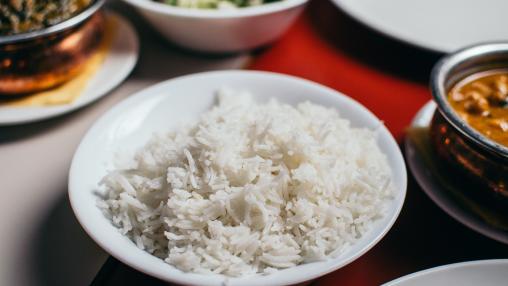
FAO Food Price Index Rebounds in June
The FAO Food Price Index rose in June, making the first such increase in 2020. Higher prices for vegetable oils, sugar, and dairy products drove the 2.4 percent increase.
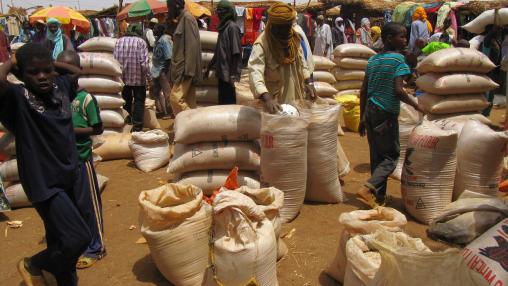
Prepare food systems for a long-haul fight against COVID-19
The COVID-19 pandemic has hit the global economy hard, and in many places other factors—such as the locust invasion in East Africa and falling export commodity prices—are compounding its effects. FAO Chief Economist Maximo Torero observes that no modern economy has experienced anything like the combination of the Great Lockdown and the worst recession since the Great Depression, and that these could trigger a global food crisis—with Africa south of the Sahara especially vulnerable. He lays out a series of policy prescriptions that can help keep millions from starvation and fortify food systems for a post-pandemic world.—Johan Swinnen, series co-editor and IFPRI Director General.
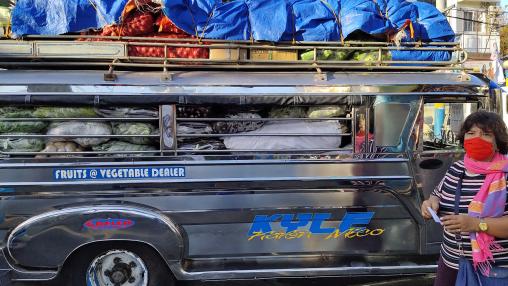
COVID-19 and resilience innovations in food supply chains
Food supply disruptions in developing countries during the COVID-19 pandemic have been varied and often severe, especially in labor-intensive segments of supply chains. Tom Reardon of Michigan State University and IFPRI’s Jo Swinnen summarize early experiences in both international and domestic supply chains across various types of firms and commodities. They review a range of innovations developed to keep supply chains running, many implemented at a surprisingly rapid pace—and make recommendations on to facilitate continued innovation to speed the recovery and ensure better food supplies post-pandemic.—John McDermott, series co-editor and Director, CGIAR Research Program on Agriculture for Nutrition and Health (A4NH).
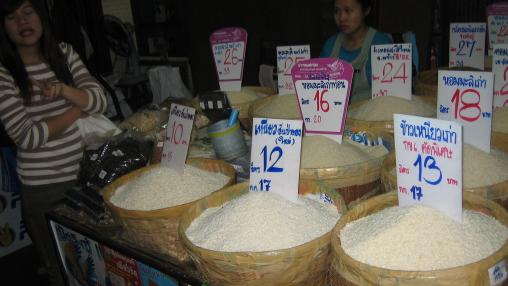
Staple Food Prices Generally Calm, But Rice, Coffee, Sugar See Volatility Rise
Futures prices for most staple food commodities have fallen since February because of market supply chain disruptions associated with the spread of the COVID-19 virus and lower oil prices, among other factors. However, overall, price variability in the major agricultural commodity markets has remained relatively calm in the face of COVID-19-related shutdowns. Until recently, the exceptions to this relative calm have included hard wheat and coffee. Hard wheat saw moderate and high levels of price variability from April 9 to June 15. This appeared to be related to tightening of wheat markets with lower stock-to-utility ratios, measures taken by two major wheat-producing countries (Kazakhstan and Russia) to limit exports, and reports of prospects of less favorable growing conditions in parts of Ukraine and other parts of Europe. Price variability in coffee was driven by low stock levels and supply disruptions, but these conditions calmed in the second half of May.
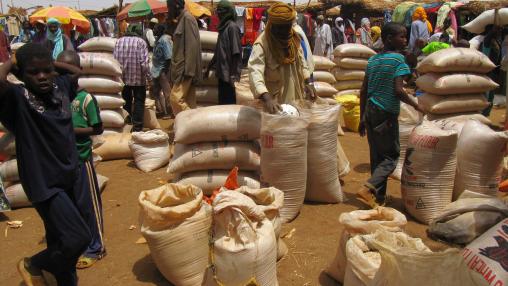
Near-Real-Time Monitoring of Food Crisis Risk Factors: Webinar Summary Report Published
As concerns over COVID-19's potential impacts on food prices and food security continue, accurate and timely data and information are more crucial than ever. On May 8, the Food Security Portal hosted a webinar on near-real-time monitoring of food crisis risk factors like the COVID-19 pandemic, food price volatility, climate-driven shocks, conflict, and economic downturns.

FAO Food Price Index Reaches 17-Month Low
The FAO Food Price Index plunged to a 17-month low in May, driven in large part by sustained negative economic impacts of the COVID-19 pandemic. Prices across all sub-indices declined with the exception of sugar prices.
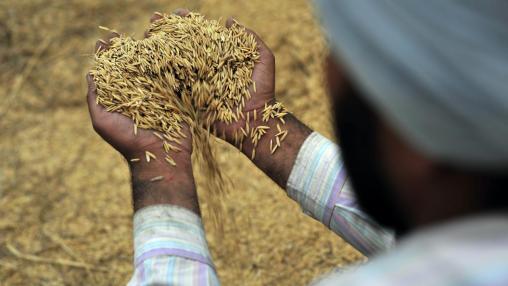
FAO Food Price Index Reaches 17-Month Low
The FAO Food Price Index plunged to a 17-month low in May, driven in large part by sustained negative economic impacts of the COVID-19 pandemic. Prices across all sub-indices declined with the exception of sugar prices.
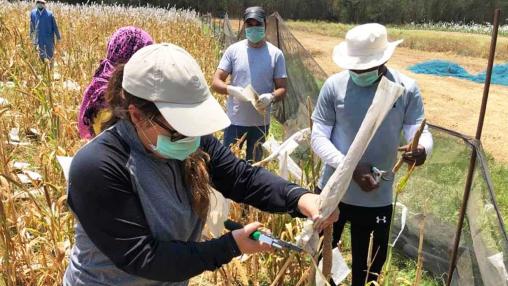
Addressing COVID-19 impacts on agriculture, food security, and livelihoods in India
With COVID-19 now spreading in India, massive consequences to health and livelihoods are feared, and the government has imposed a 21-day national lockdown to limit virus transmission. Given the precarious livelihoods of many Indians, agriculture, food security, and safety net policy and program responses are also urgently required. Prof. Mahendra Dev, an experienced academic and policy maker in India, provides additional insights into what actions and reforms are needed, and soon.—John McDermott, series co-editor and Director, CGIAR Research Program on Agriculture for Nutrition and Health (A4NH).
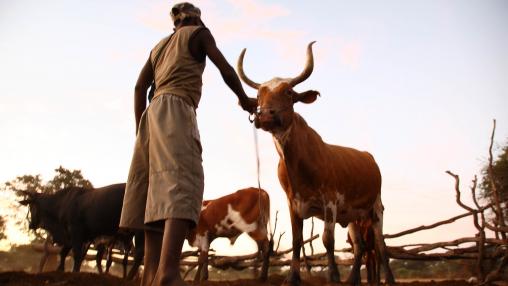
The Quest for Safer Foods: COVID-19 and Dairy Value Chains in Ethiopia
This post originally appeared on IFPRI's Ethiopia Strategy Support Program (ESSP) blog.
The share of households consuming dairy products in Addis Ababa has dropped by 11 percentage points since the COVID-19 crisis, seemingly linked to perceived risks of consuming dairy products. All income groups declined their consumption, except for the richest quintile where the share of consuming households changed little.
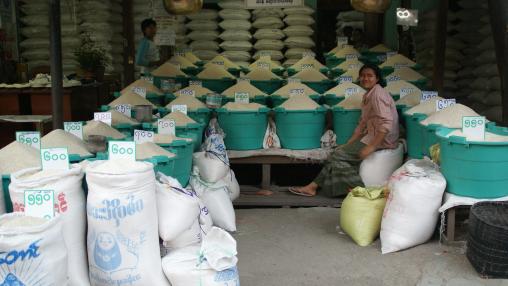
Food Price Index Falls for Third Consecutive Month
The FAO Food Price Index fell for the third consecutive month in April as global markets continue to see the effects of COVID-19. The 3.4-percent decrease brought the Index to the lowest point seen since January 2019.